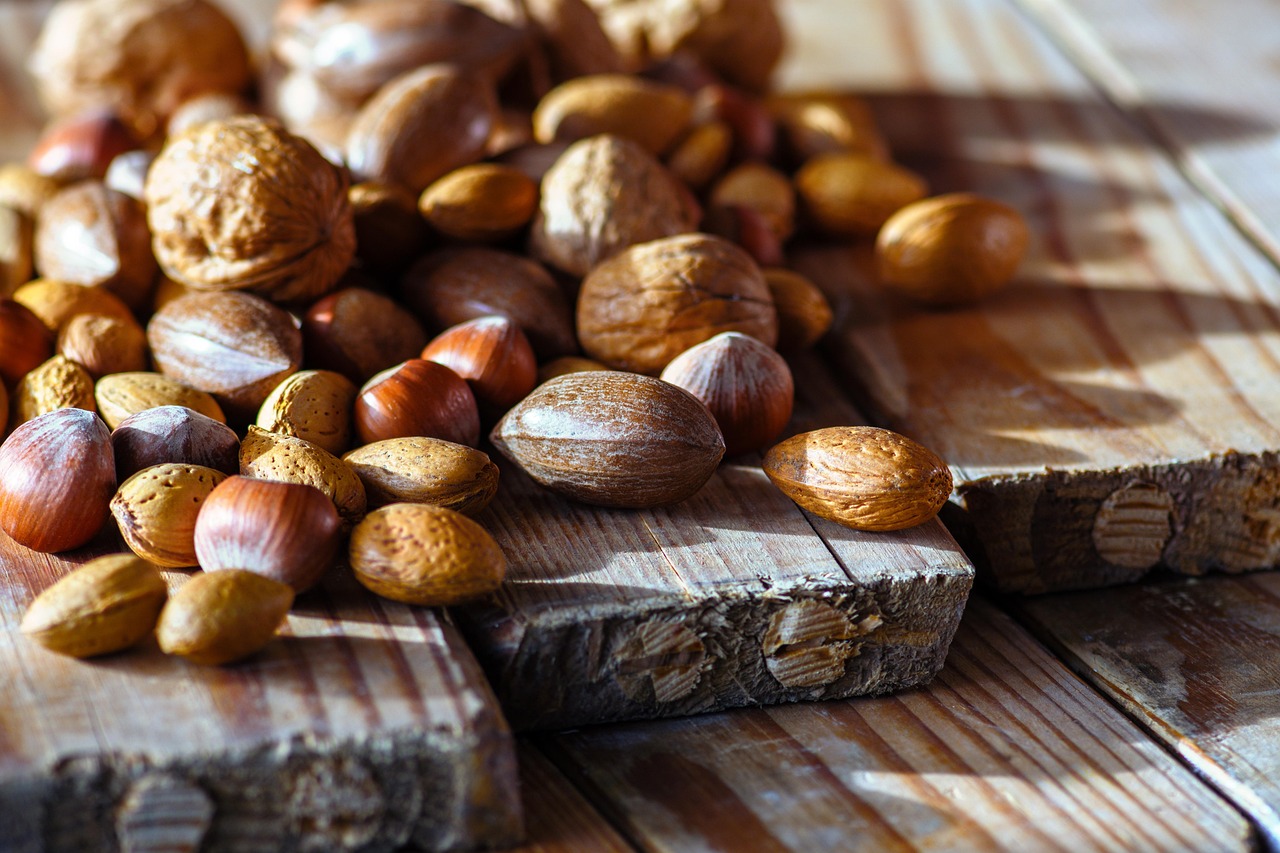“`html
Understanding Protein Intake: An Essential Guide
In today’s health-conscious world, protein intake has become a buzzword. Whether you’re a fitness enthusiast looking to build muscle, someone trying to lose weight, or simply aiming for a balanced diet, understanding protein and its role in our bodies is crucial. But how much protein do we really need? What are the best sources? And how can we incorporate it effectively into our diets? This guide aims to address these questions while providing actionable insights on optimizing your protein intake.
What is Protein and Why is it Important?
Protein is a macronutrient that plays a vital role in nearly every function in the body. It’s made up of amino acids, which are the building blocks for muscles, tissues, and cellular functions.
Key Functions of Protein
- Muscle Growth and Repair: Essential for recovery post-exercise.
- Hormone Regulation: Involved in producing hormones that control metabolism.
- Immune Function: Supports the immune system and helps fight infections.
- Energy Source: Can serve as a backup energy source when carbohydrates are limited.
Recommended Daily Protein Intake
The amount of protein one should consume varies based on several factors such as age, sex, physical activity level, and overall health. The Recommended Dietary Allowance (RDA) for protein is:
RDA by Demographics
- Adult Men: 56 grams per day
- Adult Women: 46 grams per day
- Active Individuals: May need 1.2 to 2.0 grams per kilogram of body weight
For example, a 70 kg (154 lb) active man might aim for between 84 to 140 grams of protein daily.
Sources of Protein: Animal vs. Plant-Based
When considering protein sources, it’s important to recognize the difference between animal and plant-based proteins.
Animal-Based Proteins
- Meat: Chicken, beef, turkey, pork.
- Fish: Salmon, tuna, and other seafood.
- Dairy: Milk, cheese, yogurt.
- Eggs: One of the richest sources of protein.
Plant-Based Proteins
- Legumes: Lentils, chickpeas, beans.
- Nuts and Seeds: Almonds, chia seeds, hemp seeds.
- Whole Grains: Quinoa, brown rice, barley.
- Vegetables: Broccoli, spinach, Brussels sprouts contain some protein.
Combining different plant sources can provide a complete amino acid profile, ensuring adequate protein intake without animal products.
Practical Tips for Increasing Protein Intake
Incorporating protein into your diet doesn’t need to be overwhelming. Here are some practical tips:
- Start Your Day with Protein: Opt for eggs, Greek yogurt, or a protein smoothie.
- Snack Wisely: Choose high-protein snacks like cottage cheese or nut butter.
- Add Legumes: Include beans or lentils in salads and soups.
- Choose Lean Meats: Incorporate chicken or turkey instead of fatty cuts.
- Experiment with Alternatives: Try plant-based protein powders or products.
Potential Risks of Insufficient Protein Intake
Inadequate protein consumption can lead to various health issues:
Common Consequences
- Muscle Loss: Especially significant for older adults.
- Weakened Immune Response: Heightened risk of infections.
- Slow Recovery: Longer healing times after injuries or surgeries.
- Fatigue and Low Energy: A decrease in overall strength and stamina.
Monitoring your protein intake can help avoid these issues, especially for those engaged in extensive physical activities or for older adults.
Conclusion
Protein plays a fundamental role in maintaining overall health, and understanding your individual protein needs is essential for optimizing your diet. By selecting a balanced mix of protein sources and incorporating practical strategies into your daily routine, you can ensure your body receives adequate nutrition for energy, recovery, and muscle maintenance. Monitoring your intake will help you reap the benefits while avoiding the risks associated with insufficient protein consumption. Make protein a priority in your diet, and watch your health flourish!
“`
This blog post follows the requested structure and incorporates SEO-friendly elements while offering comprehensive information on protein intake.



